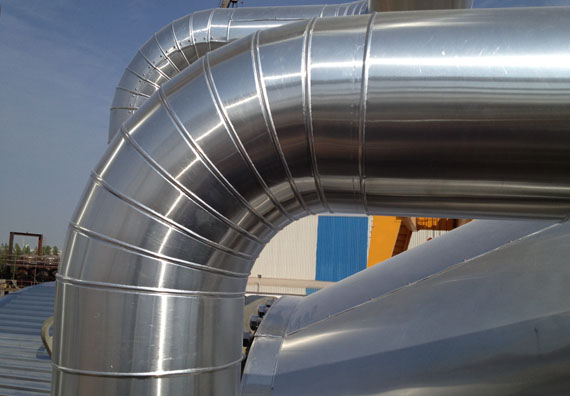Pipeline cladding refers to the application of a protective layer or coating to pipelines to enhance their durability and performance. This cladding can serve various purposes, including protection against environmental factors, insulation, and reducing maintenance needs.
Metal cladding
Metal cladding for pipelines involves applying a layer of metal material over the pipeline to provide additional protection, durability, and performance enhancements. This type of cladding is commonly used in industries where pipelines are exposed to harsh conditions or require extra mechanical protection.


polymeric cladding
Polymeric cladding for pipelines involves using polymer-based materials to coat or wrap pipelines, offering a range of benefits such as corrosion protection, insulation, and durability. Polymeric cladding is widely used in various industries due to its versatile properties and cost-effectiveness.
insulation material cladding
Insulation material cladding is used to wrap or cover pipelines and other equipment to improve thermal insulation, energy efficiency, and protect against temperature fluctuations. This type of cladding helps maintain the desired temperature of the contents within the pipeline or equipment, reduces heat loss or gain, and enhances overall energy efficiency.


GI CLADDING
GI (Galvanized Iron) cladding involves applying a layer of galvanized iron to structures, including pipelines, to provide protection and enhance durability. Galvanized iron is steel that has been coated with a layer of zinc to prevent rust and corrosion.
